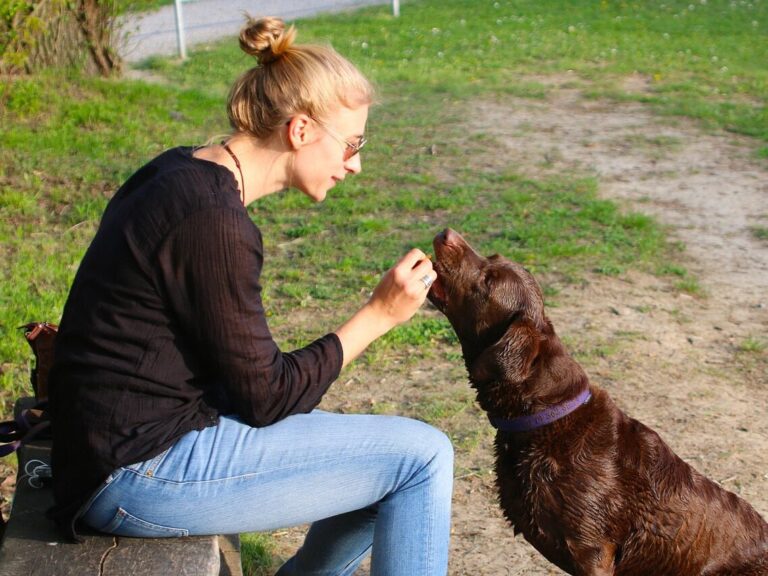10 Differences Between Greyhounds And Whippets
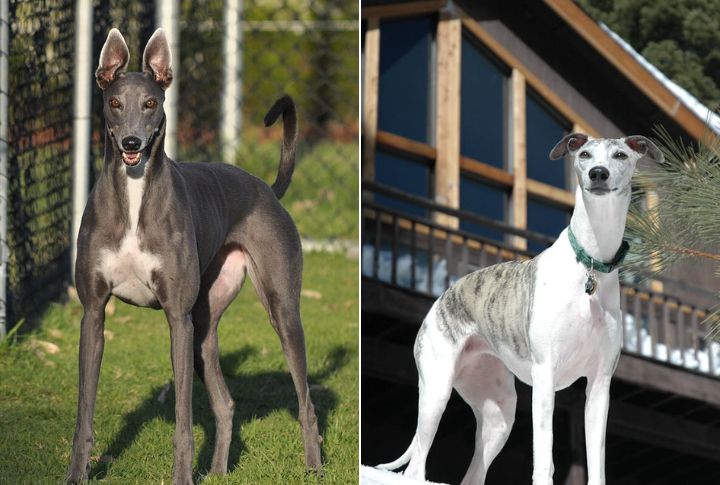
At first glance, Greyhounds and Whippets look like copy-paste versions of each other—sleek and built for zoomies. But some interesting differences that go way beyond size are revealed with a closer look. This list breaks down the standout traits that make Greyhounds their own cool, couch-loving, high-velocity breed.
Greyhounds Tower Over Whippets
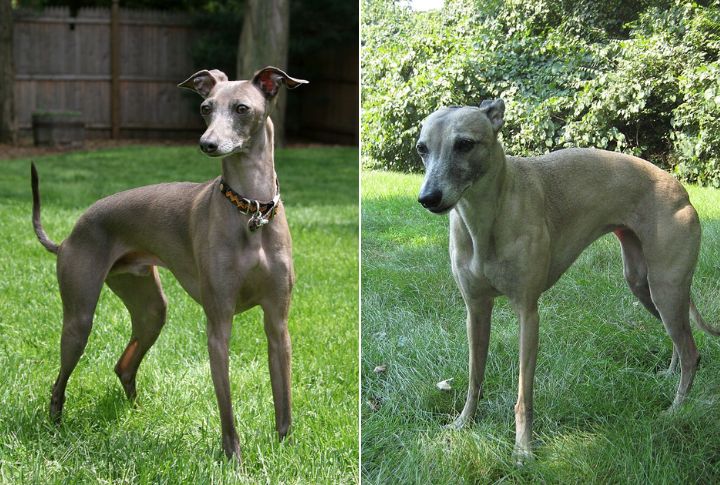
Greyhounds typically stand 5 to 8 inches taller than Whippets, measuring 27–30 inches at the shoulder. This added height contributes to their longer stride and running efficiency. Remarkably, Greyhounds expend less energy sprinting than many breeds do during a moderate trot.
Greyhounds Are Faster
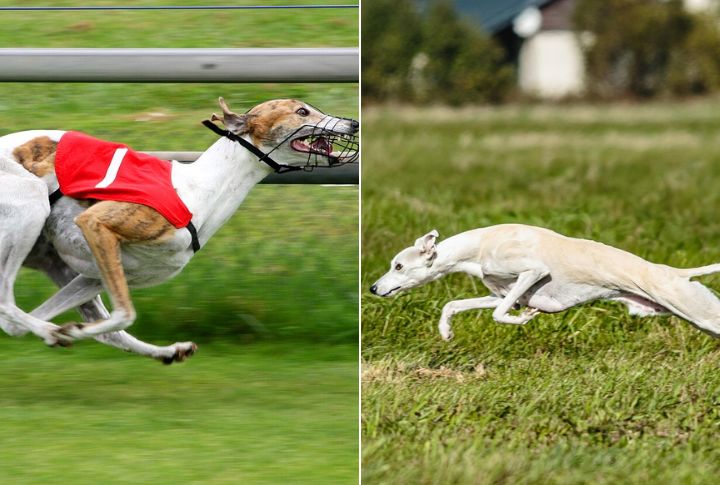
Both breeds are impressively fast, but Greyhounds take the lead with top speeds of 45 mph, compared to the Whippet’s 35 mph max. Still, speed doesn’t translate to energy levels indoors. Greyhounds are surprisingly low-key at home and spend much of their time lounging.
Their Heads Shape Their Racing Edge

Greyhounds basically have race-car helmets for heads. Sleek and long, their heads are built to slice through the air as the aerodynamic skull helps cut wind resistance mid-sprint. This gives them an added physical advantage compared to Whippets.
Greyhounds Have A Unique “Roach” Sleeping Style
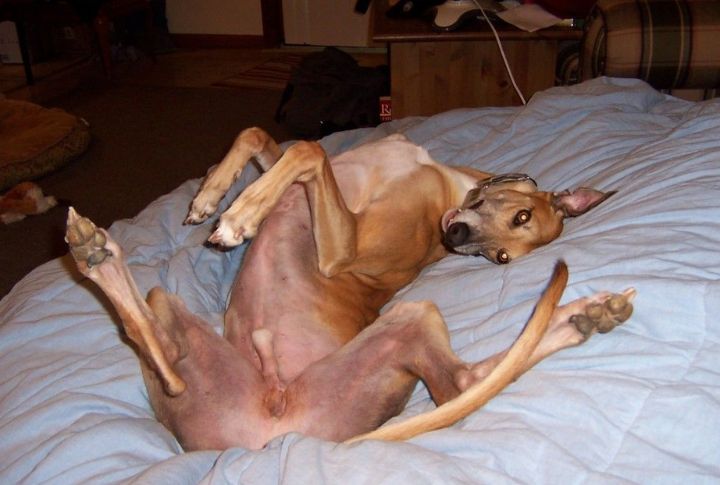
If you see a Greyhound lying flat on its back with legs in the air, don’t panic! It’s just their favorite way to nap. This “roach” pose helps stretch out those long legs and ease the spine. Whippets rarely do it, but for Greyhounds, it’s the ultimate chill zone.
They Have Surprisingly Different Temperaments
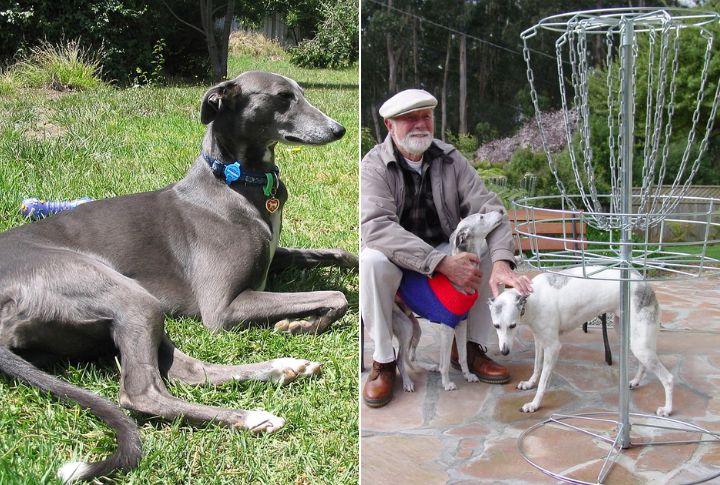
Although they look alike, Greyhounds and Whippets show clear differences in temperament. Greyhounds tend to be laid-back and reserved. Whippets, in contrast, are livelier and more affectionate, often staying close to their people and making happy sounds when they get excited.
Greyhounds Have A Unique Running Style
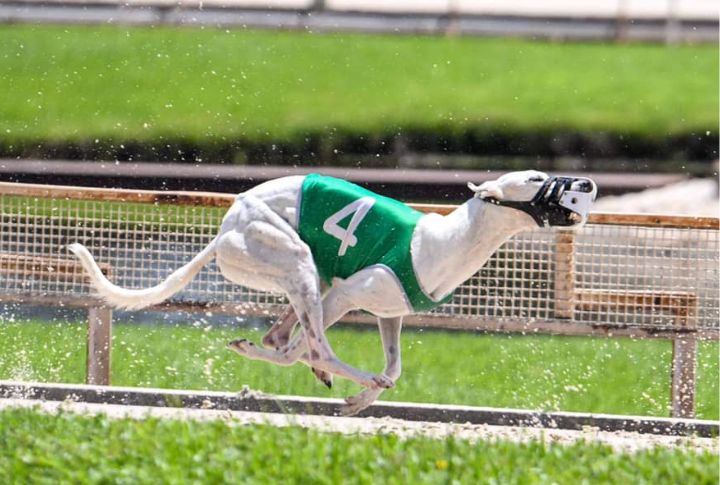
Both breeds are built for speed, but Greyhounds have a biomechanical edge. Their longer, more flexible spine supports a double-suspension gallop that allows them to cover more ground per stride than any other dog. In motion, they often appear to be flying—something less seen in Whippets.
Their Metabolism Is Built Differently

In medical care, vets often have to adjust anesthesia due to a Greyhound’s leaner metabolism. While both Whippets and Greyhounds are slim, the latter carry significantly less body fat than Whippets. This difference makes them more vulnerable to extreme temperatures.
A Greyhound’s Skin Is Shockingly Thin

Thinner and more delicate than most breeds, the skin of Greyhounds can tear easily. Their sensitivity often requires softer bedding and extra care during play. Whippets, though similar, generally have tougher skin that offers slightly better protection during everyday activities.
Greyhounds Come With Extra-Dainty Feet
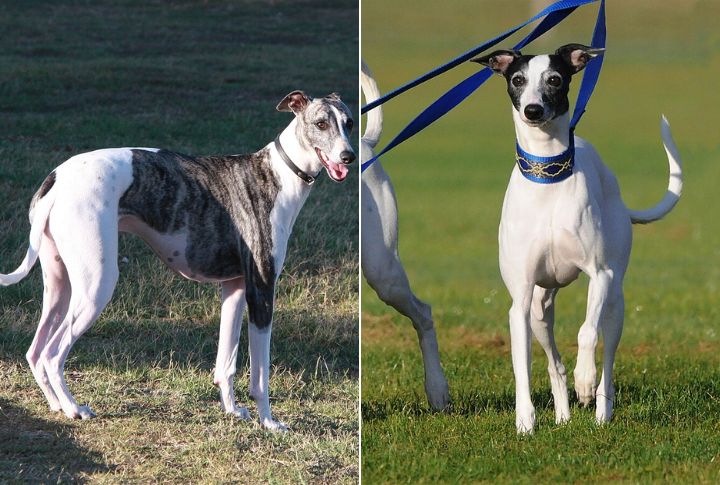
Greyhounds have elongated, hare-like feet engineered for powerful propulsion and superior grip, particularly on racing tracks. This design enhances their straight-line speed. Whippets, in contrast, possess rounder paws that favor agility and maneuverability rather than maximum forward thrust.
Greyhounds Have A Sensitive Digestive System

Greyhounds need extra care when it comes to food. Their low body fat makes rich or greasy meals tough to digest, often leading to stomach issues. Unlike Whippets, they’re more prone to tummy troubles and do better on simple, balanced diets that are easy to process.



